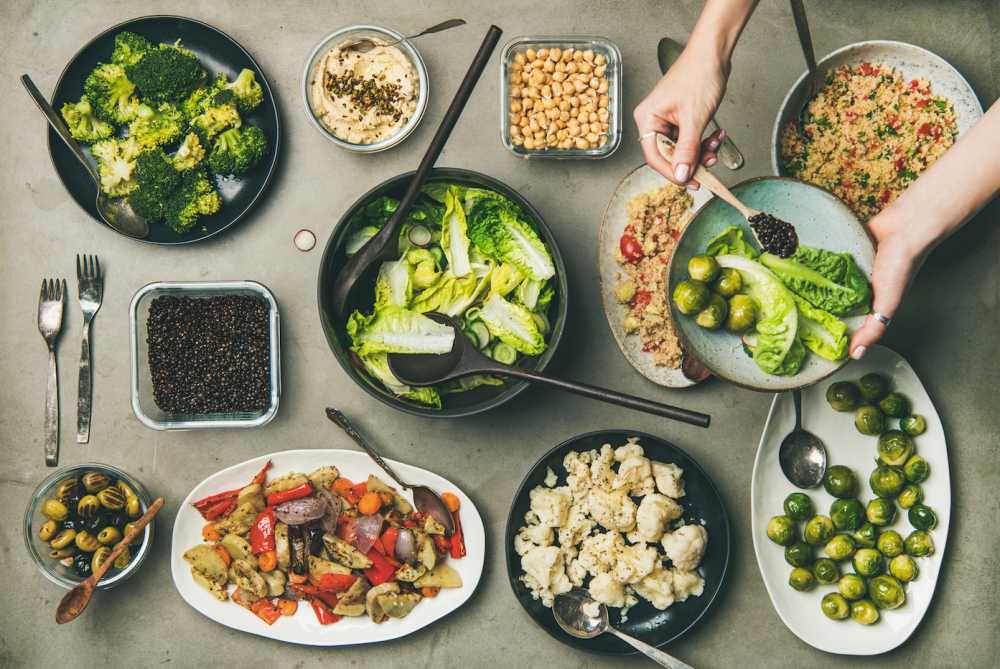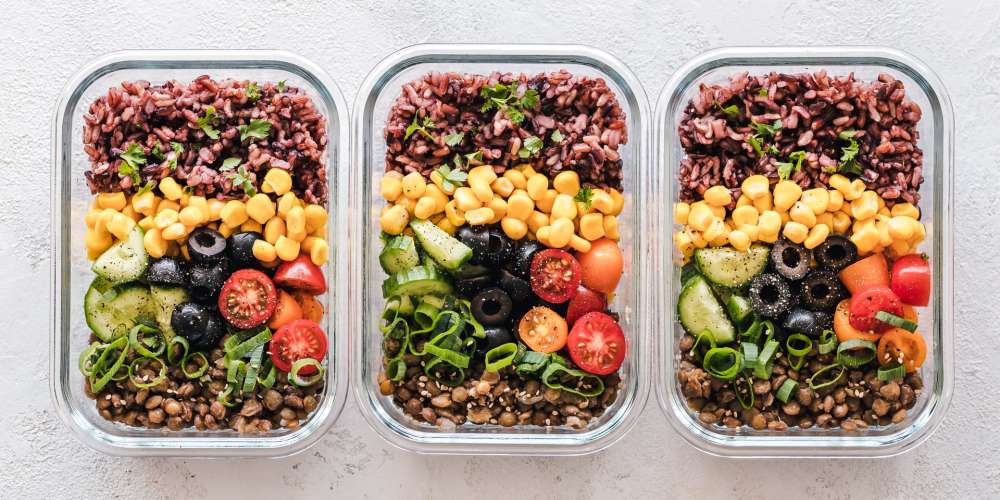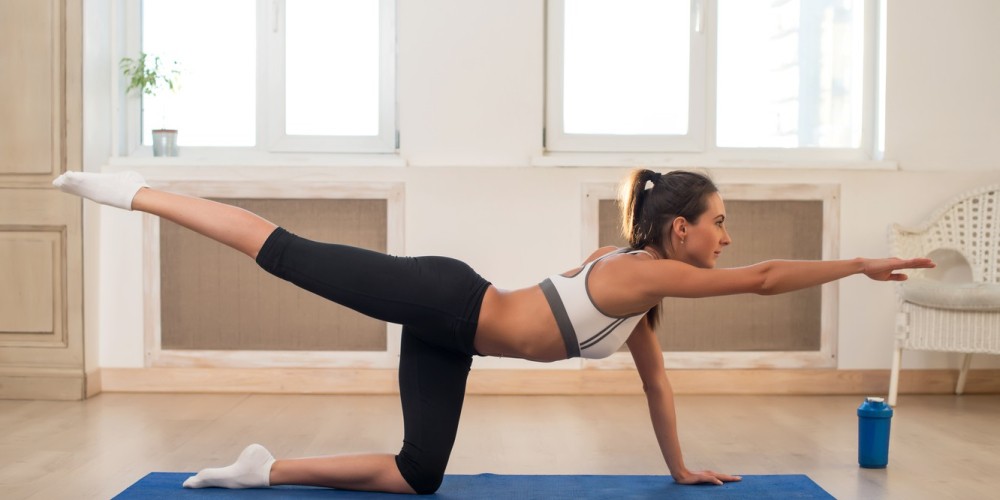
12 May The Pros and Cons of Being Your Own Nutritionist
Paleo, low-carb, Atkins, vegan, ketogenic…the list goes on and on. It seems that everyone is on some kind of diet, lifestyle change or weight-loss journey these days, and the question “what type of diet are you on?” has become a major topic of every conversation. The interesting part of it all – if you were to put ten random people in a room together, you’d be likely to get ten different diet plans from each of them. Not to mention the fact that each person would try to convince you that their way is the best way. Oh, the many, MANY diets I’ve tried over the years, each time thinking – this is it, this has to work! And after each and every one came the dreaded yo-yo effect, happily greeting me after patiently waiting for me to finish my little game. Well, I can happily say that I have seen the error of my ways. What works for one person, may do more damage than good for the other. That raises a very important question: is there a “right” way to eat? A specific lifestyle, meal plan or diet we should all obey? The short answer is – no. The longer one is – well, kind of.
A safe start

As I said, since no two people are the same, then we can conclude that no two bodies require the same care. What you CAN do is try and cut out food that you know isn’t healthy. Pizza every day? Nope. Late night snacks and sugary sweets? No way. French fries – au revoir. That’s a healthy start, and not to mention a safe one. That kind of food surely won’t be missed, and won’t deprive you of anything except, let’s admit it, unhealthy habits. So, yes, there is a universal meal plan we can start with on our own. Now what?
Inform yourself
Now that you’ve gotten yourself started and cut out the obvious villains, there’s a big chance you may already see a positive change on the scale. Maybe you’re one of the lucky ones, and that’s all you ever need. But for many of us, this is only the beginning; an excellent one, don’t get me wrong, but just a beginning. Nevertheless, you should be proud that you summoned the will to begin this process all on your own. Now you can take the next step. As we all know, there are three body types: endomorphs, mesomorphs, and ectomorphs. Each of these body types has their specific characteristics:
Endomorphs
Endomorphs are on the chubby side. It’s pretty hard for them to lose weight and to keep it off. Their hips are wider and they have a slow metabolism. Moreover, their energy levels are naturally low.
Mesomorphs
Mesomorphs have a medium-sized frame and bone structure, and they have a narrow waist, as well as long and round muscles. They respond quickly to weight training.
Ectomorphs
Ectomorphs have a naturally slim build. They have an extremely fast metabolism. Their hips and waist are narrow, limbs are long, and they have difficulty putting on muscle and fat (in short, most of us consider them lucky)
These are just some general characteristics that you can find on the internet, and that can help you comprehend what kind of build you have. There are quite a few videos we can find on YouTube nowadays, some of them made by nutritionists and fitness trainers, and they can certainly help us understand our bodies better. Each body type is different, so a person with an endomorph body type should understand that they can never have a skinny, lithe frame as an ectomorph naturally has. Naturally, just like children can have some characteristics of one parent and some characteristics of the other, so can one person have characteristics of two body types. For example, an endomorph can have the physical characteristics of an endomorph, such as bigger hips, curvier physique, but they have the metabolism of a mesomorph. So, they can lose weight much easier than a typical endomorph. Also, a person can have one body type when they are younger, but as they get older, their body adapts the characteristics of another body type. That is mostly the case with young ectomorphs who start to look more like mesomorphs as they age. Now that we have this information, it’s time to take another step.
Find a professional
Self-help can only go so far. You’ve started, and you’ve done all you can by yourself, so now it’s time to make it easier. The best thing you can do to lose the remaining weight (without starving and torturing yourself, of course) is to find a nutritionist. Explain all you’ve done by now, let them know the work you’ve already put in, and ask for their advice. Maybe the problem is in insulin resistance; maybe your body is missing certain nutrients – who knows. That’s what they’re here to find out. And then again – maybe you’ve done all you can with dieting, and it’s time to consult a fitness expert.
Exercise

Uh-oh. The dreaded E-word. If you’re like me, exercise is something that resembles a second job. A hard, exhausting, why-do-I-have-to-do-job. I was never one of those people who smiled while doing sit-ups or push-ups; I always had a pained expression on my face. But, eventually, I had to face facts. Even though weight loss requires 80% diet, exercise is still extremely important. Trust me, that’s not something I’ve always known. I used to naively think I could just eat clean and eat less, and magically, my muffin top would disappear. Sorry, but no. Even just by identifying my body type, I was well aware that exercise was crucial. And again, I made the mistake of forcing cardio down my own throat when it clearly states that it comes secondary to weight training. Had I sought a professional opinion sooner, I could have shaved years off the weight-loss torture.
Use what you’ve learned
So, mistakes were made, beliefs were changed, and mistakes were made again. But you can finally breathe now that you know you’re on the right path. Yes, you can start on your own, and yes, you can get a ton of information on your own. But, in the end, you always need that small finishing touch to achieve what you wanted for so long. And knowing all this, maybe you’ll opt for professional help sooner rather than later.


